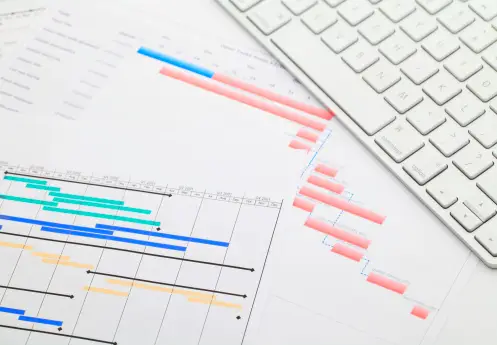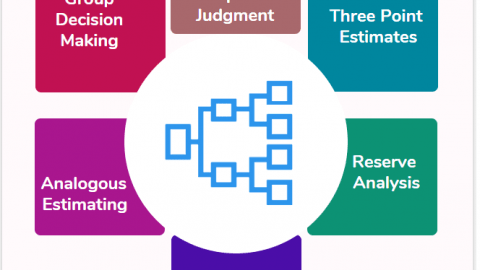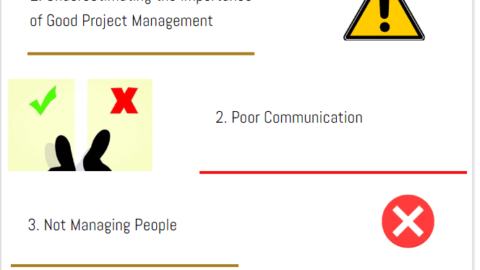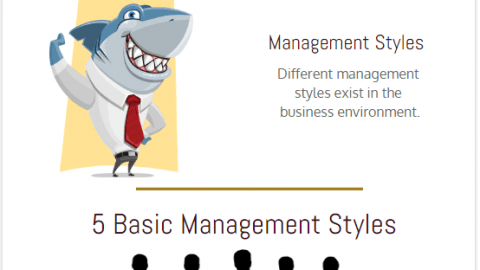How to Do Project Management Right: A Guide to Successful Execution
Project management is a crucial skill that can make or break the success of any endeavor. Whether you’re leading a small team or overseeing a complex, multi-phase project, the principles of effective project management remain consistent. In this guide, we’ll explore the key steps and strategies to ensure you’re doing project management right.
Table of Contents
Define Clear Objectives and Scope: How to Do Project Management
The foundation of any successful project lies in a clear understanding of its objectives and scope. Firstly, start by defining what needs to be achieved and what the project will entail. Outline the project’s goals, deliverables, timelines, and budget constraints. This clarity ensures that everyone involved is on the same page from the outset. Also, you can make use of digital project management training.
Build a Competent Team
Assembling the right team is paramount. Each team member should bring a unique skill set that complements the project’s requirements. Assign roles and responsibilities based on individual strengths. Effective communication and collaboration are essential for team synergy, so establish channels for open dialogue. This is doable with the help of a project management software.
Creating a detailed project plan is like constructing the blueprint for a successful project. This crucial phase sets the stage for efficient execution, enabling you to break down the project into manageable tasks, allocate resources, and establish a clear timeline. Let’s delve into the intricacies of developing a comprehensive project plan that paves the way for success.

Task Breakdown and Sequencing
Begin by breaking down the project into smaller, achievable tasks. Each task should be specific, measurable, achievable, relevant, and time-bound (SMART). Consider the logical sequence of tasks, as certain activities might be dependent on the completion of others. This sequencing ensures a smooth flow of work and prevents bottlenecks.
For instance, if you’re organizing a marketing campaign, tasks might include market research, content creation, design, and promotion. Sequencing these tasks appropriately ensures that each phase is completed in a logical order.
Estimating Resources
Resource allocation is a critical aspect of project planning. Identify the human resources, equipment, tools, and materials needed for each task. Ensure that you allocate resources based on skill sets and availability. This prevents overburdening certain team members while ensuring the necessary expertise is applied where required.
Estimating resources also involves considering the budget for the project. Allocate funds for various aspects, such as personnel costs, materials, technology, and any unforeseen expenses.
Setting Realistic Timelines for Project Management
Accurate time estimation is essential to prevent unrealistic expectations and deadline pressure. Assign timeframes to each task, taking into account the complexity, dependencies, and potential setbacks. Avoid overly optimistic estimates that might lead to rushed work or missed deadlines.
Additionally, build in buffer time for unexpected delays. This cushion helps manage unforeseen challenges without derailing the entire project schedule.

Identifying Dependencies
Tasks within a project are often interconnected, and the completion of one task can influence the start or finish of another. Identify these dependencies to ensure that tasks are sequenced appropriately. By understanding which tasks rely on others, you can prioritize and plan accordingly.
For example, if you’re launching a new software product, development might be a prerequisite for testing, and testing must be completed before deployment.
Creating a Gantt Chart: How to Do Project Management
A Gantt chart is a visual representation of your project plan. It displays tasks along a timeline, highlighting start and end dates as well as dependencies. Gantt charts provide a holistic view of the project’s progression and help in spotting potential bottlenecks or overlaps.
Modern project management tools often come with built-in Gantt chart features, making it easier to create, update, and share these visual timelines.
Allocating Responsibilities
Assign responsibilities for each task to specific team members. Clearly define who is accountable for each activity and who plays a supporting role. This clarity eliminates confusion and ensures that everyone knows their role in the project.
Regular Monitoring and Adjustments
A project plan is not set in stone. Regularly monitor the progress of tasks against the timeline. If you encounter delays, assess their impact on subsequent tasks and adjust the plan accordingly. This adaptability ensures that the project remains on track even in the face of unexpected challenges.
Develop a Detailed Project Plan
A well-structured project plan serves as your roadmap. Break down the project into manageable tasks, assign deadlines, and allocate resources. Create a timeline that accounts for dependencies and potential roadblocks. A comprehensive plan helps you stay organized and provides a clear path forward.
Effective Communication is Key
Open and transparent communication is the cornerstone of successful project management. Then, regularly update team members on progress, setbacks, and changes. Encourage feedback and create an environment where team members feel comfortable voicing concerns or suggesting improvements.
Monitor Progress and Adapt: How to Do Project Management
Constantly monitor the project’s progress against the established plan. Identify any deviations early and take corrective actions. Flexibility is essential, so adapt to unforeseen challenges. Regularly reassess timelines and objectives to ensure they align with the evolving project landscape.
Manage Risks Proactively
Risk management is an integral part of project success. That is why you should identify potential risks, assess their impact, and develop contingency plans. Being proactive in risk management minimizes disruptions and ensures you’re prepared to navigate unforeseen obstacles.
Embrace Technology and Tools
In today’s digital age, project management tools and software can greatly enhance efficiency. Utilize tools for task tracking, collaboration, and communication. These technologies streamline processes, reduce manual errors, and facilitate remote teamwork.
Foster a Culture of Accountability
Every team member should take ownership of their tasks. Hence, foster a culture where accountability is valued, and commitments are upheld. Regular check-ins and performance evaluations can help ensure that everyone remains aligned with project goals.
Celebrate Milestones and Learn from Challenges During Project Management
Lastly, recognize and celebrate achievements along the way. Acknowledging milestones boosts team morale and reinforces the project’s positive trajectory. Additionally, view challenges as learning opportunities. After the project concludes, conduct a thorough review to identify what worked well and areas for improvement.
How to do project management for beginners?
Can I teach myself project management?
Conclusion on How to Do Project Management
Effective project management is a combination of careful planning, strong leadership, and adaptability. So, by defining objectives, building a capable team, communicating openly, and embracing tools, you set the stage for success. So, through diligent monitoring, risk management, and fostering a culture of accountability, you navigate challenges with confidence. Remember, successful project management isn’t just about achieving goals; it’s about creating a streamlined process that yields consistent results.

Victor Z Young is a Civil Engineer with 35 years of experience working alongside the executive team of various construction companies. Victor specializes in construction insurance, delay analysis, performance analysis and engineering. He holds a Doctor of Project Management from Northwestern University.











